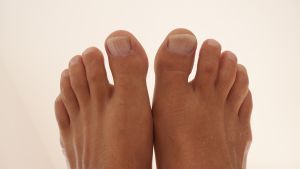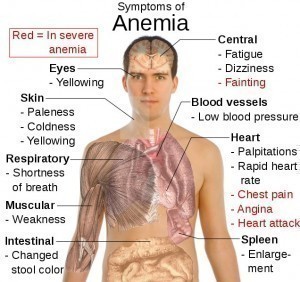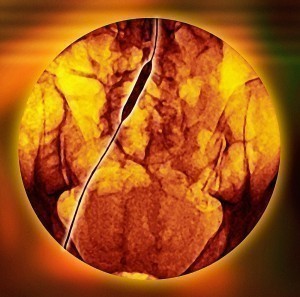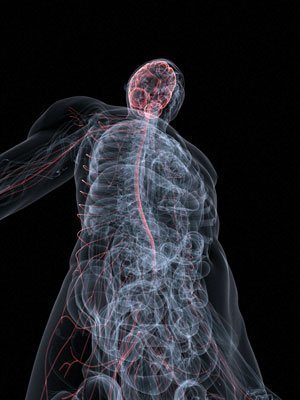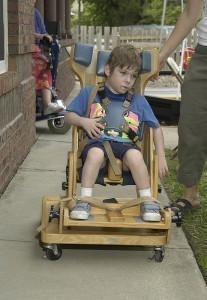Toe Pain
Despite its relatively small size, the toe is a very sensitive part of the human body. Once it is injured or harmed, people can easily feel insurmountable amount of pain. Common causes include Morton’s neuroma or Morton’s syndrome, bunions and turf toe syndrome. These factors can cause severe pain and dull feeling to the left, right, lower and upper portions of the toe. Be relieved from the pain and discomfort caused by these problems by knowing the possible treatments, causes as well as symptoms of toe pain.
Toe Pain Symptoms
People suffering from turf toe syndrome can feel chronic pain and tingling sensation in the toe area. When stretched, pulled or bended, their toes can experience tenderness aside from the sharp stabbing pain. There is also swelling to go with the shooting pain. Meanwhile, those who are suffering from hallux valgus or bunions can feel severe pain, which makes it very difficult to wear some kinds of shoes. Likewise, they can also feel too much pain on the big ball area of the toe.
Another cause of pain in the toe area is Morton’s neuroma, which is also known as Morton’s syndrome. When patients press between their bones, they can feel severe pain. Additionally, they can also experience pain when the foot is squeezed. The sides of the toe are also very painful.
Causes of Toe Pain
Pain in the toe area is brought about by numerous factors. The most common causes include toe sprain, osteoarthritis and gout. In some cases, the pain is caused by other medical conditions such as scleroderma, Raynaud’s phenomenon and erythromelalgia. Other possible factors that cause severe pain are joint injury, ingrown nails, broken toe and arthritis-related enthesitis. These toe problems are marked by sensitivity and burning sensation in the affected areas.
Toe Pain Diagnosis
People can use a variety of diagnostic methods to determine the real cause of toe pain. These include highly popular procedures like x-ray to determine dislocation or fracture, magnetic resonance imaging to identify stress fracture and venogram to identify deep vein thrombosis. The lumbar spine can also undergo magnetic resonance imaging or CT scan to find out whether there is a case of herniated disc. Angiogram can check for arteriosclerosis, NCV or EMG for peripheral neuropathy and Doppler studies to identify venous and arterial insufficiency.
Toe Pain Relief
People can use different types of methods in order to relieve themselves from the discomfort and pain caused by this medical condition. Cold compress, wound repair and wound cleansing are very helpful. For the management of pain, the use of non-steroidal anti-inflammatory drugs is highly recommended including ketoprofen, naproxen and ibuprofen. Furthermore, the use of certain narcotic pain medication can also help ease the burden of patients.
